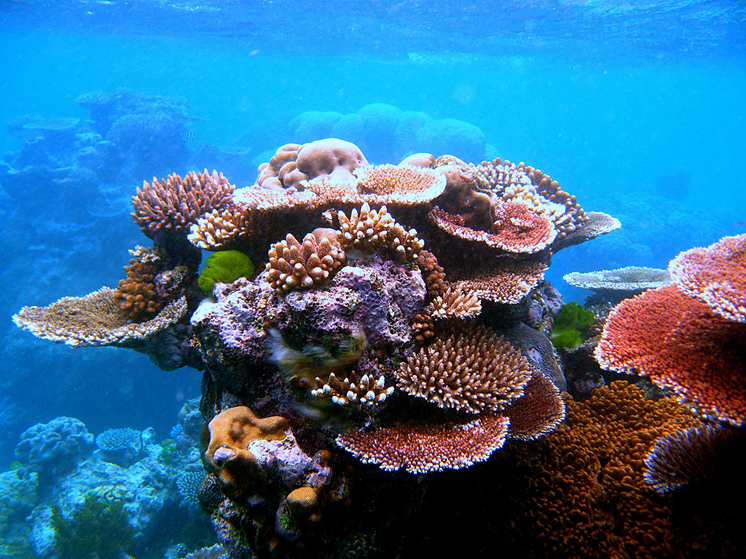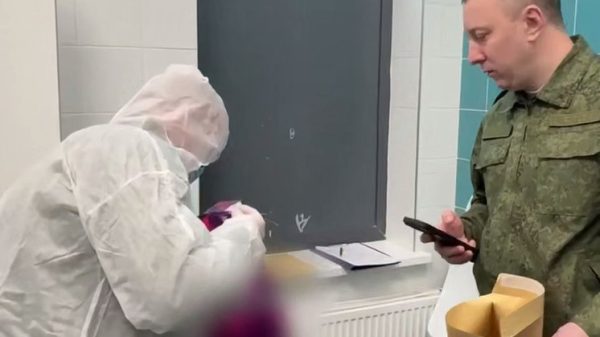A biological marker of their bleaching has been found
The biochemistry of corals that have been subject to bleaching in recent years was studied by specialists from the National Scientific Center for Marine Biology named after A.V. Zhirmunsky, Far Eastern Branch of the Russian Academy of Sciences.

Coral reefs – these are unique tropical and subtropical ecosystems formed as a result of the vital activity of coral polyps (marine invertebrates) and accompanying organisms – symbionts. Due to global warming, coral reefs in shelf zones are under threat of extinction. Experts note that due to rising water temperatures, corals lose symbionts and become discolored.
As reported by «MK» At the Ministry of Education and Science of Russia, employees of the Laboratory of Physico-Chemical Methods for Studying Biological Membranes of the NSCMB FEB RAS found a marker of the condition of corals, which can be used to assess how environmental factors influence it. This lipids – fats, which, along with proteins, make up the biological membrane of the coral cell, protecting it from the external environment.
Scientists conducted an experiment in the laboratory by immersing the soft coral Sinularia heterospiculata and the reef-building coral Acropora cerealis in a large aquarium. Both were exposed to thermal effects: the water where they were was heated to 32 degrees Celsius.
It was noticed that over time, at each stage of gradual bleaching of the corals, the composition of their lipids also changed.
Thus, now, in addition to visual assessment of color changes, there is a scientific way to determine the condition of corals – according to the state of their lipids. Experts also noted that symbionts (dinoflagellate microalgae) are not just inhabitants of corals, they form a microcommunity with it, on which the metabolism of corals depends. And, accordingly, the abandonment of corals by microalgae leads to disruption of this process, which also affects the state of lipids.
Now, to find out about the state of any coral, even one that has not yet lost all its color, biologists can simply check its lipid status.
This will make it possible to predict the survival of corals in different regions of the World Ocean.






















































Свежие комментарии